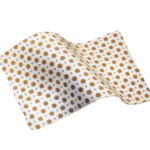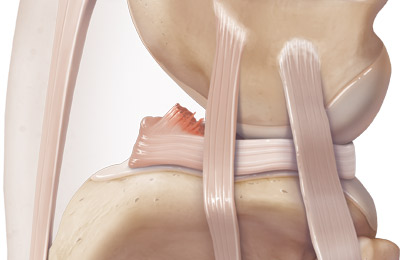by James L. Cook, DVM, PhD, DACVS
 TightRope® CCL fixation was developed to address my strong concerns about the relative safety, efficacy and availability of the surgical treatments for CCL disease in dogs at that time. Osteotomies had become the most popular CCL treatment among surgeons. While this treatment typically results in good outcomes (I had performed over 1,200 myself by that time), challenges included the invasive nature of the procedure, the number and especially the types/severities of complications, the financial costs, and accessibility to experienced surgeons. This drove me to try to find a surgical treatment option that was safer, as or more effective, less costly and more feasible for veterinary practitioners to perform well, allowing hundreds of thousands of dogs diagnosed with CCL disease each year to be effectively treated.
TightRope® CCL fixation was developed to address my strong concerns about the relative safety, efficacy and availability of the surgical treatments for CCL disease in dogs at that time. Osteotomies had become the most popular CCL treatment among surgeons. While this treatment typically results in good outcomes (I had performed over 1,200 myself by that time), challenges included the invasive nature of the procedure, the number and especially the types/severities of complications, the financial costs, and accessibility to experienced surgeons. This drove me to try to find a surgical treatment option that was safer, as or more effective, less costly and more feasible for veterinary practitioners to perform well, allowing hundreds of thousands of dogs diagnosed with CCL disease each year to be effectively treated.
I was fortunate enough to be working with Arthrex on a number of different projects in human and veterinary orthopedics and had seen the TightRope fixation system used for ankle syndesmosis repair in people. One night shortly after visiting Arthrex for some research work, I woke up at 3 a.m. with the idea to try to apply this Arthrex technology to the canine knee.
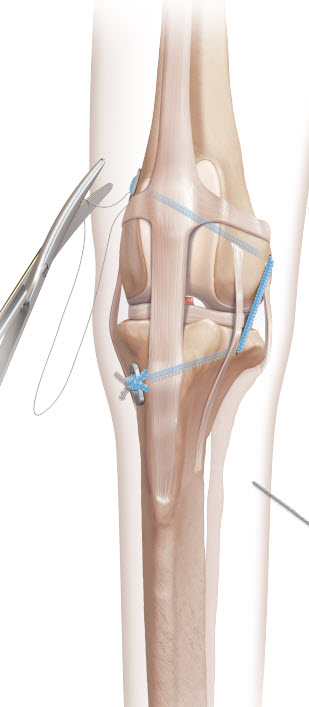 Over the subsequent 2 years, in true Arthrex style, we modified the implant and instrumentation, developed the procedure, tested it extensively biomechanically, ex vivo, in vivo, and finally in a clinical trial to thoroughly assess its safety, first and foremost, and its efficacy and widespread applicability.
Over the subsequent 2 years, in true Arthrex style, we modified the implant and instrumentation, developed the procedure, tested it extensively biomechanically, ex vivo, in vivo, and finally in a clinical trial to thoroughly assess its safety, first and foremost, and its efficacy and widespread applicability.
The TightRope CCL fixation technique exceeded all of our goals in helping dogs and “their people.” It has been used to successfully return high-functioning quality of life to tens of thousands of dogs from tea cup poodles to mastiffs and from “couch potatoes” to field trial champions, search and rescue dogs, and world-class Frisbee dogs. Most importantly to me, it has been proven safe – with the lowest complication rates and least severe types of complications noted in multiple peer-reviewed studies comparing it to the most popular osteotomy techniques. The scientific evidence that we have provided in support of TightRope CCL fixation is incredibly strong, making it easy to recommend its use to clients and veterinary practitioners around the world.
Arthrex provides instructional lectures and laboratories throughout the world to make sure that veterinarians receive appropriate training for clinical use of TightRope CCL fixation. I am so proud of the way that TightRope CCL fixation was brought to the veterinary marketplace – Arthrex supported extensive research with peer-reviewed scientific evidence for safety and efficacy before this technique was ever used on client-owned dogs. This ethical, patient-based and client-based approach is why I continue to work with Arthrex. In this continued work, we have developed the Mini TightRope CCL fixation, shoulder TightRope technique, and most recently, the knotless TightRope technique, among many other products and techniques helping veterinary surgeons treat their patients better.
